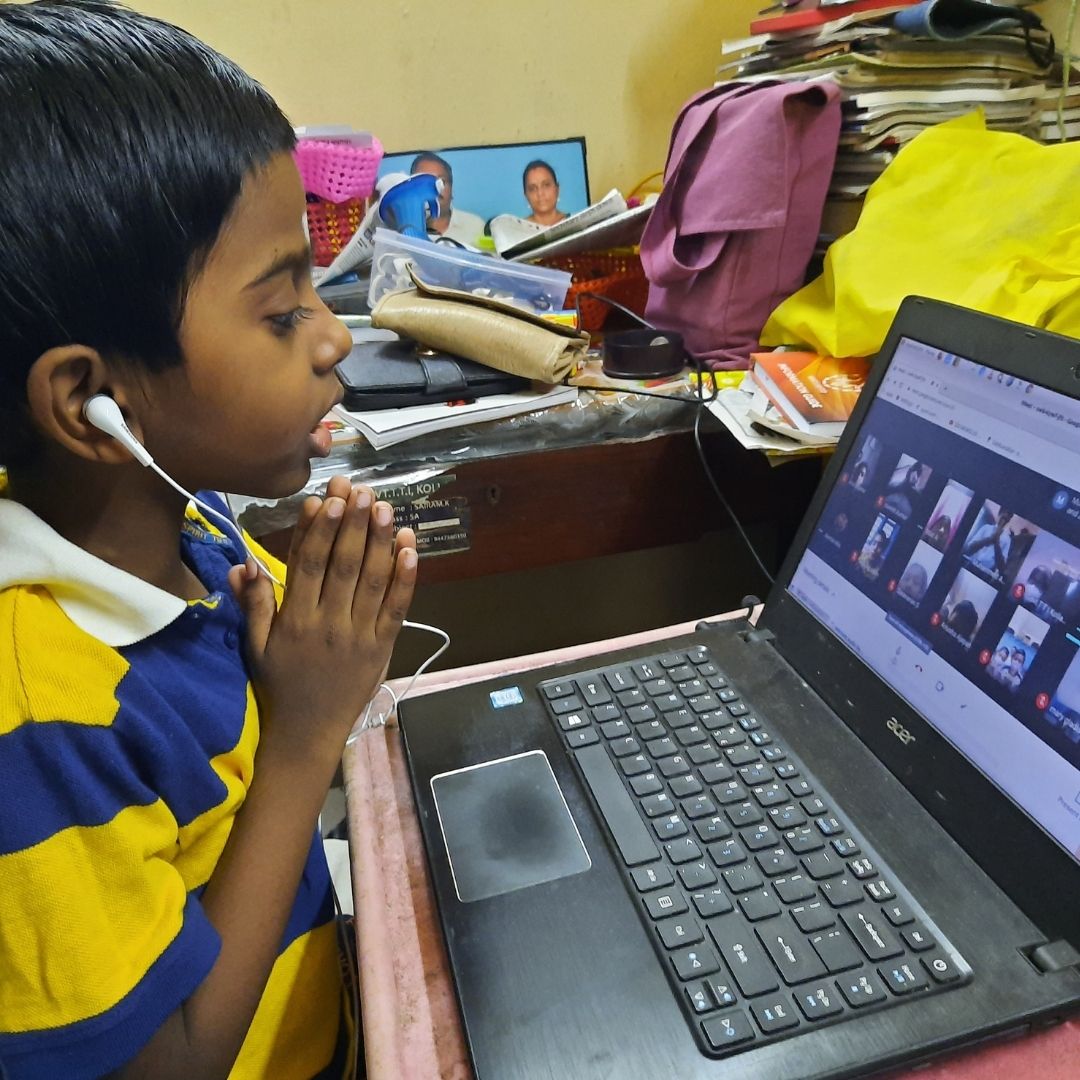
Credits: Wikipedia
Pandemic Changed Education Forever, 1 In 3 New Students Hasn't Seen Physical Classes
Writer: Devyani Madaik
A media enthusiast, Devyani believes in learning on the job and there is nothing off limits when it comes to work. Writing is her passion and she is always ready for a debate as well.
India, 18 Nov 2021 9:36 AM GMT
Editor : Palak Agrawal |
Palak a journalism graduate believes in simplifying the complicated and writing about the extraordinary lives of ordinary people. She calls herself a " hodophile" or in layman words- a person who loves to travel.
Creatives : Devyani Madaik
A media enthusiast, Devyani believes in learning on the job and there is nothing off limits when it comes to work. Writing is her passion and she is always ready for a debate as well.
The Annual Status of Education Report (ASER) 2021, stated that one in every three children in Classes 1 and 2 have never seen or attended a class in person before. Nearly 36.8 per cent students in government schools and 33.5 per cent in private schools have never attended a pre-primary class.
The coronavirus pandemic has brought massive changes in the education system. The routine functioning has changed dramatically with the remarkable rise of e-learning, whereby teaching is undertaken remotely. This has left billions of children out of the physical classroom.
According to The Annual Status of Education Report (ASER) 2021, one in every three children in Classes 1 and 2 have never seen or attended a class in person before.
Nearly 36.8 per cent students in government schools and 33.5 per cent in private schools have never attended a pre-primary class, NDTV reported.
Almost a third of all children in these grades did not have smartphones available at home. A rise in smartphone purchases was also observed; however, only 19.9 per cent have access to these devices; the rest is restricted and is only provided to those in higher classes, the report read.
The survey was conducted in the last two months (September-October) in 25 states and three Union Territories and covered 76,706 households and 75,234 children in the age group of 5-16 years, as well as teachers or head teachers from 7,299 schools. The motive of the survey was to explore how children in primary classes studied remotely since the onset of the pandemic and the challenges they faced.
The data also noted that almost all enrolled children have textbooks and additional learning materials for their current grade (91.9 pc). Reportedly, the proportion has increased than the previous year.
Also Read: Girls Cadets In Sainik Schools Increased In 3 Years, Enrollment At Par With Boys
 All section
All section














